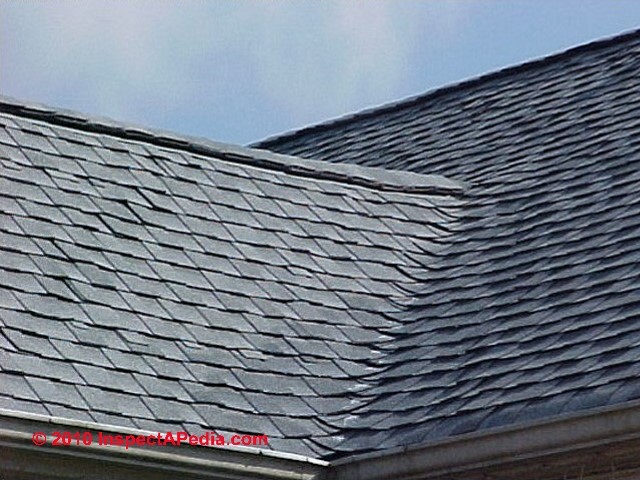Roof Flashing
Overview:
Flashing is used in variuos locations where a roof is likely to leak. There are various types of flashing installed at variuos locations on roof, eaves, valleys chimneys, vents, and all roof projections.
Activities:
- Review information on different flashing.
- Review information on flashing material.
- Review information on installation of flashing.
- Review information on electrolysis
Step flashing:
Step flashing offers far better protection from leaks, because even if a single piece of step flashing fails, the water just hits the next lower piece. That flashing directs the water onto the shingle and the water drains down the roof.
In this website by fine homebuilding you will see the process of step flashing on a chimney.
Installing step flashing:
Valley flashing:
Roof valleys are vulnerable to leakage, because the amount of water directed to the valley. Careful consideration must be taken when flashing the valley to avoid leakage. Two types of valleys are used open and closed. Open valleys have no shingles or roofing material within in a few inches of the valley. Closed valleys have shingles covering the entire valley centerline, being careful that no nails are within in several inches from the valley. Flashing for the valley is generally made from aluminum, copper, rubber, asphalt, ice and water, and tar paper.
Open valley flashing image
Closed valley images: 1. weaved valley and 2. closed cut valley
Weaved valley

Closed cut valley

Link below is for various roof materials used for flashing valleys.
http://www.hometime.com/Howto/projects/roofing/roof_4.htm

Installation links for closed and open valleys:
Closed cut valley
Metal flashing
